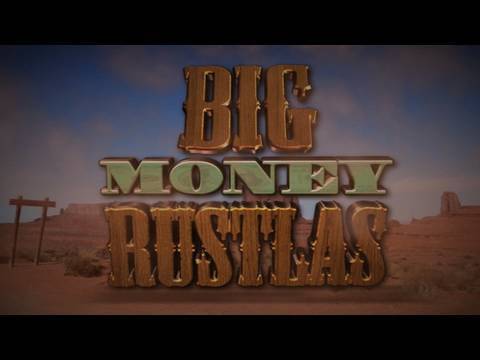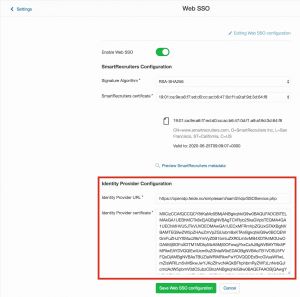
Since international trade and foreign investment has become quite important to national economies after globalization, the exchange rate is now a crucial macroeconomic variable. A rise in the value of the rupee (appreciation) makes Indian exports less competitive abroad, whereas a decline in the value (depreciation) tends to stimulate inflationary pressures. As a result, in the post-reform period, preventing sharp fluctuations in the value of the rupee so as to maintain stable conditions in the foreign exchange market is considered as a major goal of the RBI. As a Banker to Banks, the Reserve Bank again acts as the ‘lender of the last resort. It can come to the rescue of a bank that is in trouble but faces temporary liquidity problems by supplying it with needed liquidity, that is, currency, when no one else is ready to give credit to that bank. The last-resort lending function came into being in the late 1800s due to a series of panics that engulfed the banking industry.
In his 1873 book “Lombard Street,” Bagehot restated most of the points made by Thornton. He noted the Bank of England’s position as the holder of the ultimate reserve, making it different from the ordinary banks. However, he advocated for huge loans at a very high interest rate as the best solution to a banking crisis. Like Thornton, Bagehot argued that last resort lending should not be a continuous practice, but a temporary measure to manage banking panics. Thornton also articulated the “moral hazard” problem of last-resort lending, which he said would create laxity and recklessness in lending to individual banks. He said that by providing relief to poorly managed banks, other banks would take excessive speculative risks without caring about the results.
Amid NBFC Crisis, State Bank Reminds RBI Of Its Role As Lender Of Last Resort
The following CFI resources provide further information to help you understand the banking system. Imposing high penalties to banks borrowing from the central bank can force them to look for alternative sources of a bailout. The opponents claim that a strict penalty rate can make the central bank the very last lender of last resort. Banks would also be forced to institute internal measures to prevent a bank run for fear of paying harsh penalties for a loan that they could have maintained internally. Also, the International Financial Institution Advisory Commission accused the International Monetary Fund of bailing out banks in developing countries that were involved in risky investments.
Which is an example of lender of last resort in India?
In India, RBI is the lender of last resort.
For example, a worker working on contract basis could
not be paid in terms of rice or chairs. For example, if a
person needs wheat in exchange of tea, then he/she must search for a
person who is ready to trade wheat for tea. It is a common medium
through which we can calculate the value of each and every good. In barter
system the lack of a common denominator for measuring values of goods
was a major drawback. Under
barter system there was no common unit for measuring the value of one
good in terms of the other good for the purpose of exchange.
I-WIL Mains Test Series ( Evaluation)
The
transaction demand for money is positively related to the total value
of transactions and negatively related to the velocity with which
money is circulated. This
implies that wealth in the form of money
can be stored easily as a medium of
exchange for future use. For example, money can be stored in banks
for meeting emergency and future needs. The what role of rbi is known as lender of last resort NBFC sector has been in turmoil since 2018 after the collapse of infrastructure lender IL&FS. Asked several times, the RBI has refused to play its role as the lender of last resort, terming the problem at select NBFCs as one created because of asset-liability mismatches. A small bank run spread and soon hit virtually every bank across the country.
In review: prudential regulation of banks in India – Lexology
In review: prudential regulation of banks in India.
Posted: Wed, 03 May 2023 07:00:00 GMT [source]
Reserve Bank of India maintains the Principal Accounts of Central as well as State Governments at its Central Accounts Section, Nagpur. This way they operate and maintain the accounts of the Government of India and state governments. «Given the crisis of confidence in the financial markets, it is imperative that the central bank doesn’t forget their primary function of being the lender of the last resort,» they said.
RBI Composition
There were a series of banks runs and subsequent collapses, amidst rumors of an impending financial crisis. In a move to prevent more bank failures, the government declared a national bank holiday to allow for the inspection of banks. The classical theory of lender of last resort was developed in the 19th century by Henry Thornton and Walter Bagehot. Both theorists stressed the need to protect the money stock, instead of individual banks, and allow insolvent financial institutions to fail. They also advocated for the charging of penalty rates, good collateral, and accommodation of sound institutions only.
What is the primary purpose of the lender of last resort quizlet?
Central Banks function as lenders of last resort, which means they provide credit to commercial banks during a financial crisis, thus preventing bank closures.
In addition to that, the RBI is in charge of maintaining adequate currency supply in the system and also managing foreign reserves to maintain exchange rate stability. This makes our central bank’s role very crucial in operating and managing our financial system. This role of the central bank saves the
commercial bank from bankruptcy. Thus, the central bank plays the
role of guarantor for the commercial banks and maintains a sound and
healthy banking system in the economy.
Insurance Intermediaries in India
As a central bank responsible for establishing, executing and overseeing India’s monetary policy, RBI’s primary goal is to keep the country’s economy under control. Keeping prices stable and ensuring that credit is available to the economy are other important goals for the government. The RBI Act of 1999 mandates that all foreign currency transactions be handled by the bank.

The RBI plays a key role in framing the monetary policy with an aim to maintain price stability while keeping in mind the objective of growth. In addition to this, it stringently monitors the implementation of these policies. Commercial
banks play the important role of ‘money creator’ in the
economy. The reserve ratio determines the reserve requirements, wherein banks are liable to maintain reserves with the central bank.
When the Federal Reserve system is said to have the role of lender of last resort we are talking about the Fed?
When we say that one of the functions of the Fed is to be a lender of last resort, we mean that the Fed: Provides funds to troubled banks that cannot find any other source of funds.